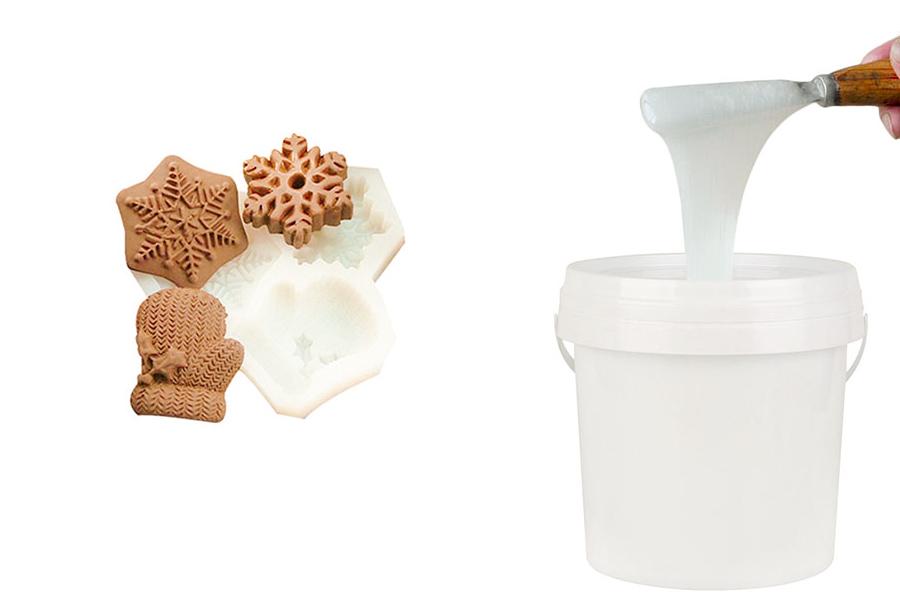Unleash your creativity and start by replicating your first part
If you have ever held your carefullydesigned 3D print, beloved figurine, or key industrial prototype, and had such regret flashed through your mind - "If only I could make another one." But the complexity and high cost of re-molding make you discouraged, and ultimately "unique" becomes a regret that cannot be replicated.
In fact, there is only one step from "unique" to "unlimited":liquid silicone mold.
It may be the most people-friendly replication solution - no professional equipment is required, and it can be operated at home; the high elasticity of silicone makes demoulding easy, and the precise restoration of details makes every copy as perfect as the original. But the problem is:choosing the wrong type of silicone, ignoring key steps, or underestimatingthe curing time may make the mold fail.
The good news is that as long as you understand thecharacteristics of liquid siliconeand master the skills of parting, anyone can become a "master of replication."
To save you time, here is a quick overview of the core conclusions:
Summary of core answers
| Key dimensions | DIY hand-made molds (RTV silicone) | Industrial injection molding (LSR silicone) |
|---|---|---|
| Core technology | Room temperature vulcanized silicone rubber (RTV), manual mixing and pouring | Liquid silicone rubber (LSR), high-pressure injection into steel molds |
| Applicable scenarios | Small batch replication, hand-made/artwork mold re-molding, prototype verification | Mass production, high-precision medical/food-grade parts |
| Production speed | Single piece several hours to several days (depending on curing time) | Single piece several seconds (high-speed continuous production) |
| Ultimate goal | Make silicone molds (for subsequent resin/plaster pouring) | Directly produce final parts (no secondary re-molding) |
| Cost and threshold | Low cost (hundreds of yuan), suitable for individuals or studios | High cost (equipment/steel mold investment), suitable for enterprise mass production |
| Detail restoration ability | High (suitable for complex textures, but requires mold separation skills) | Very high (steel mold precision processing, no shrinkage deformation) |
| Typical application examples | Replication of 3D printed parts, handmade soap molds, customized jewelry | Mobile phone buttons, pacifiers, medical device seals |
This guide will not only teach youhow to make silicone molds for resin processes, but also reveal how the industry usesliquid silicone molding technologyto efficiently produce tens of thousands of precision parts, and explain how it affects the final injection molding price?
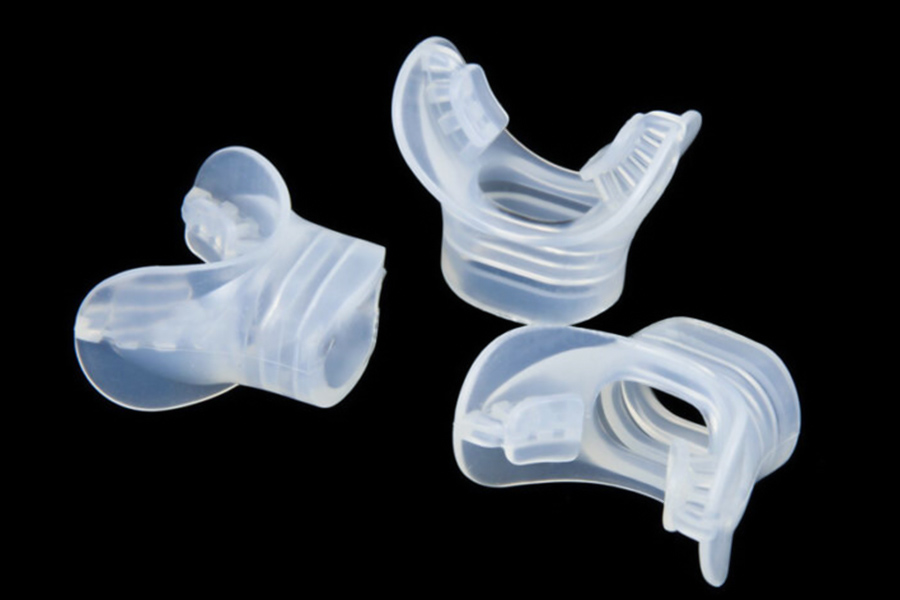
Here’s What You’ll Learn
1. A quick decision guide - 60 seconds to determine whether your project is suitable forRTV silicone moldsor industrial LSR molding.
2. How to make a perfect silicone mold by hand: a seven-step tutorial
3. Expert tips and FAQs - such as will liquid silicone stick to silicone molds? How to make large or human body parts molds? Can I make molds with caulk and soapy water?
4. When should you switch from hand molding to professionalliquid silicone injection molding(LSR)?
5. Frequently Asked Questions (FAQ) - Answers to all your questions about silicone molds
Now, let us master the core technology of liquid silicone mold making step by step, and turn your creativity from "unique" to "unlimited"!
Why should you trust this guide? From the perspective of LS liquid silicone molding experts
AtLS Industrial Silicone Injection Molding, we produce hundreds of thousands of medical tubes, automotive seals and consumer electronics buttons every dayusing machines with 2,000 tons of clamping force- products that require extremely high precision, durability and safety.
But the key insight here is:
Whether it is RTV silicone forhand-molding or industrial-grade LSR injection molding, the core material science principles are exactly the same. Our accumulated experience can help you avoid those pitfalls that "you can only know by doing":
Why does the addition of 10% catalyst shorten the mold life by half? (Answer: Excessive cross-linking leads to embrittlement)
How to predict the parting line position of complex parts? (The "slider mechanism" principle of industrial molds is reduced to apply to hand-made molds)
The critical time window for vacuum degassing-a difference of 5 seconds may double the bubble residual rate
The special value of this guide is:
We have refined the knowledge of medical device-grade silicone into actionable steps suitable for hand-made enthusiasts. The bucket ofRTV siliconein your hand and our LSR raw materials are essentially "brothers" of the same chemical system.
"When you understand how silicone solidifies at the molecular level, you can make professional-grade molds at the lowest cost."
Next,let’s start with the critical decision of choosing the right type of silicone.
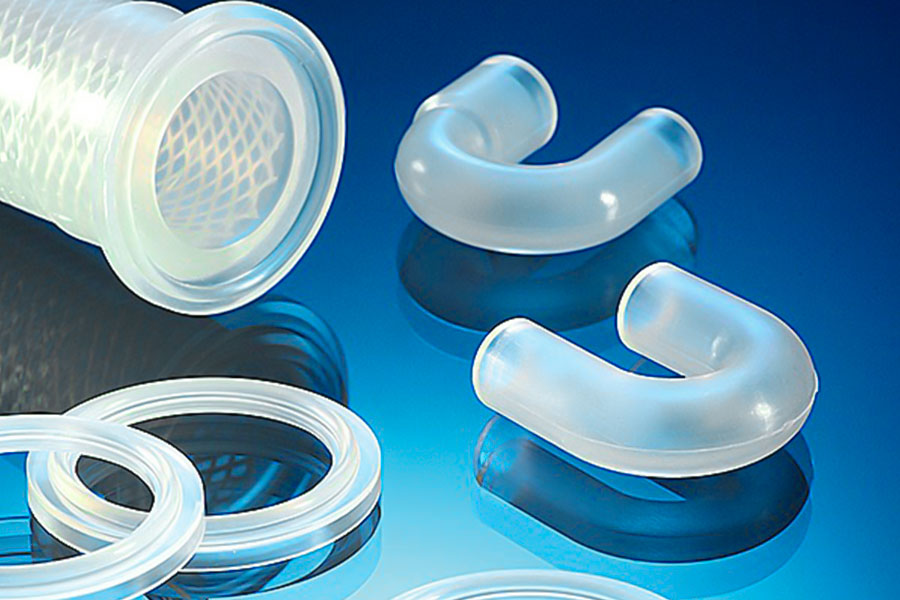
How to make a perfect silicone mold by hand: 7 steps
Making high-quality silicone molds requires not only the right materials, but also rigorous processes and detail control. The reason why many DIY enthusiasts fail is often because they ignore key steps, such as incomplete degassing or improper use of release agents. Follow the following seven steps and you will be able to significantly increase your success rate and make silicone molds comparable to industrial-grade ones.
Step 1: Prepare the prototype and mold frame
The first step in making a silicone mold is to ensure that the prototype surface is smooth and flawless, especially3D printed parts need to be polishedand polished step by step with sandpaper (400 to 1000 mesh) to avoid layer lines affecting the quality of the final mold; at the same time, build a well-sealed mold frame, you can use Lego, acrylic plate or special mold frame, ensure that the distance between the inner wall and the prototype is at least 1.5cm, and seal the bottom seam with hot melt glue or oil mud to prevent silicone leakage.
Step 2: Sealing and mold release agent
Before pouring silicone, you must ensure that the jointsbetween the prototype and the mold frame are completely sealed, and you can use oil mud or hot melt glue to fill the gap; then, spray a layer of mold release agent (such as Mann Ease Release 200) evenly on the surface of the prototype to form an isolation film to prevent silicone from sticking. After spraying, let it stand for 2 minutes and wipe it gently with a dust-free cloth to prevent liquid accumulation from affecting detail replication.
Step 3: Accurate calculation and mixing
The curing effect of silicone depends on the precise ratio of components A and B.Platinum silicone (such as Smooth-On Dragon Skin) is usually mixed at a ratio of 1:1 or 10:1 (weight ratio). It must be weighed strictly with an electronic scale (accuracy 0.1g). When stirring, turn it upside down instead of making circles to avoid too many bubbles. The mixing time should be controlled within 3 minutes to prevent premature curing.
Step 4: Vacuum degassing (degassing)
The mixed silicone will contain a large number of bubbles. It must be degassed with a vacuum pump (≥0.095MPa negative pressure). Observe the silicone expand to 2 times the volume and then break the bubble. This is the key to making a defect-free mold; if there is no professional equipment, you can try vibration degassing, but it is only suitable for low-viscosity silicone and the effect is not as thorough as vacuum degassing.
Step 5: Correct pouring technique
When pouring, pour slowly in a thin line (3-5mm in diameter) from a corner of the mold frame at a height of about 20cm, allowing the silicone to flow naturally and wrap the prototype, avoiding pouring directly on the model to produce bubbles; for complex structures (such as deep grooves or chamfers), you can first use a dropper to fill them locally to ensure that the details are perfectly replicated.
Step 6: Patient curing
The curing time of silicone is affected by temperature. The ideal curing environment is 25°C. If the temperature is too low (<15°C), it can be accelerated with the help of a heating pad (≤40°C), but it should be noted that high temperature will shorten the operation time; it usually takes 1-2 hours to dry on the surface, and it is recommended to wait for 24 hours for complete curing. Do not demold in advance.
Step 7: Careful demolding
After curing, first remove the mold frame (the acrylic plate can be pried open, and the Lego can be peeled off layer by layer), and then use a blunt tool (such as a plastic shovel) to gently separate the silicone mold and the prototype from the edge. If the adhesion is serious, a small amount of isopropyl alcohol can be dripped in to soften it; when demolding,move slowly to avoid tearing the silicone and affecting the life of the mold.
The key to making high-quality silicone molds lies in detail control - from prototype processing, precise proportioning, thorough degassing to correct pouring and patient curing, each step is crucial. Follow these seven steps, even complex structures can be perfectly reproduced, greatly improving the success rate. For advanced techniques, you can try multi-part molds or add silicone colorants to assist in observing the mixing uniformity, so that DIY molds can reach professional standards.
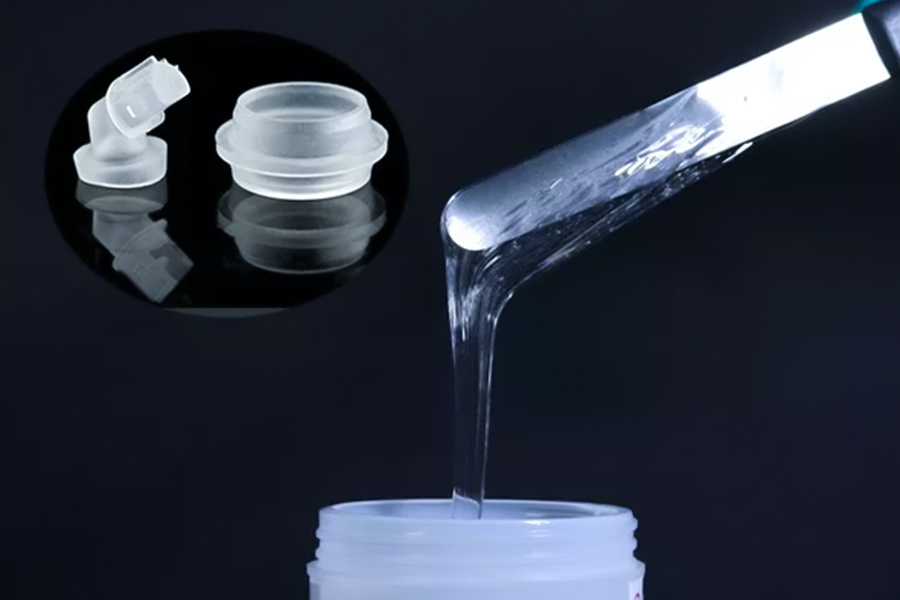
Expert Tips & FAQs
1.Will liquid silicone stick to silicone molds?
Yes, liquid silicone will adhere firmly to cured silicone (mold)! This is a basic chemical property of thesilicone materialitself - siloxane molecules have a strong affinity for each other (self-adhesiveness).
Why does it stick?When uncured liquid silicone (especially addition-type platinum-cured silicone) comes into contact with the cured silicone surface, its active groups react with the residual active points or similar chemical structures on the surface of the cured silicone to form a strong chemical bond, resulting in "welding" or "fusion" together.
Solution: A dedicated "silicone to silicone" release agent must be used!
This type of release agent forms an effective chemical isolation film between the twosilicone surfaces, preventing intermolecular bonding.
Ordinary release agents (such as wax-based or PVA) are usually ineffective or have very pooreffects because they cannot completely block the strong affinity between silicones or are absorbed/dissolved by the silicone.
Directions:Before pouring or brushing liquid silicone onto a silicone mold, always spray or apply a dedicated silicone-to-silicone release agent to the mold surface in an even, thin layer and allow to dry/film completely. Multiple layers may be required.
Important:Even with a dedicated release agent, be extra careful when demolding to avoid pulling too hard and tearing the mold or new part. The brand and quality of the release agent is also critical, choose a reputable brand designed specifically for silicone.
2.How to make a large silicone mold/body part mold?
Challenges and solutions for large molds:
Problem: When a large amount of silicone is used, the exothermic reaction after mixing may cause it to cure too quickly or deform, and simple casting is expensive and prone to sagging.
Professional method:
Brushing method: First brush the prototype surface withhigh viscosity silicone(such as Rebound™ 25) 2-3 layers to ensure that the details are covered.
Make a support master mold: After the silicone cures, wrap the silicone layer with plaster or fiberglass to enhance the structural strength and prevent deformation.
Safety tips for body part molds:
You must use skin-safe silicone (such as Body Double™ Safe or Algi-Safe™), which is certified biocompatible and non-irritating.
Taboo: Never use industrial-grade silicone directly on the skin, which may cause allergies or chemical burns!
3.(Clarifying a Myth) Can I Use Caulking Agent and Soapy Water to Make a Mold?
LS Engineers’ Clear Opinion: We strongly discourage and warn against using acidic silicone sealants (construction caulking agents) plus soapy water (or other catalysts) to try to make a "silicone mold" in any mold project that is delicate, important, or requires reliable results.
Why is this a myth/black technology?
Non-standard curing: This method uses the property of acidic caulking agents to cure when exposed to water vapor in the air, and adds soapy water (or other substances such as vinegar, gypsum powder, etc.) to try to accelerate or change the curing process. This is completely different from the controlled chemical reaction of industrial mold silicone (platinum curing or tin curing).
Very Poor Performance:
- Very High Shrinkage:The shrinkage during and after curing is very significant (much higher than the <1% of professional mold silicone), resulting in severe deformation of the mold, dimensional inaccuracy, and inability to replicate precise details.
- Poor detail restoration:Viscosity, leveling, and degassing cannot be controlled, and it is almost impossible to capture fine textures and features.
- Low strength and easy to tear:The mechanical properties (tensile strength, tear strength) of the formed material are much lower than those ofprofessional mold silicone, the mold is very fragile and has a very short service life.
- Short life:It is easy to age, become brittle, and crack.
Principal hazards of safety:
- Toxic substance release:Acid caulks release irritating acetic acid (or other acids) upon curing, which is extremely irritating to the respiratory tract and eyes. Mixing may also produce unstable toxic gases.
- Unknown ingredients:Caulks contain all sorts of additives (plasticizers, fillers, pigments, fungicides, etc.), the safety of such ingredients (especially in contact with skin or used as food and human contact items molding) is completely unknown and may be toxic or allergenic.
- Reaction with the model:Acidic material can corrode or damage some prototype materials (such as some resins, metals).
Unpredictable and unstable:Curing rate, ultimate hardness, elasticity, etc. are extremely difficult to control and are highly dependent on the environment (humidity, temperature), mix ratio, and the specific brand of caulks, and the result is highly irreproducible.
Uneconomical:
Though the price of a single tube of caulk may appear cheap, it is highly uneconomical considering the extremely low success rate, poor mold quality and safety hazard involved. Time and effort incurred to make a hardly acceptable rough mold turned out much more costly than using professional mold material.
For inexpensive, one-time-use, crude shape reproduction with very low accuracy and detail requirements (such as making a rudimentary shape for a concrete base paver), you may be able to try it if you fully understand and are willing to accept the risks and safety issues. But do it outdoors with excellent ventilation, wear complete protection (gas mask, safety glasses, gloves), and completely understand the result will not be satisfactory.
For any project that requires some degree of accuracy, detail, durability or safety (e.g., artistic creation, model making, product prototypes, decorative parts copy, etc.), be sure to useprofessional mold-making silicone. Choose an industrial or special grade silicone productof appropriate viscosity, hardness, curing time, shrinkage for the needs of your project. It is the only way to get a dependable, high-quality mold.
Summary
Silicone mold-making is a technical process requiring expertise, good materials, and careful operation. For critical projects, please:
Choose appropriate professional materials:Choose the right grade of mold silicone and release agent according to application(fine parts, large parts, body contact).
Work under instructions:Read and follow closely the mixing ratio, operating time, curing conditions and safety guidelines supplied by the material manufacturer.
Safety protection:Always employ appropriate personal protective equipment (gloves, goggles, ventilation/gas mask), especially when handling chemicals or large molds.Test first:Test on small samples or simple models first with new techniques or large molds.
Seek professional help:Seek assistance with problems or complex needs frommaterial suppliers (e.g., LS team)or experienced mold makers.
I trust the above information will be of assistance to you!LS team is committed to providing top-performance, safe silicone products and technical know-how.
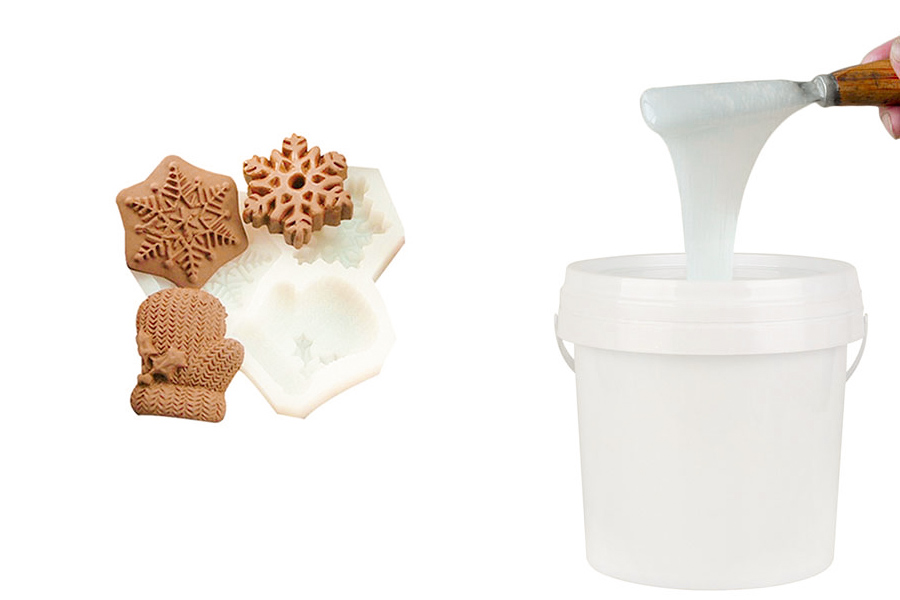
When to replace hand molding with professional liquid silicone injection molding?
When your project moves from 'hobby' to 'product', from 'one' to 'ten thousand', manual molding constraints will be apparent. You should know the industrial-strength solution -liquid silicone injection molding(LSI) at this stage.
| Features | Handmade molding (DIY) | Liquid silicone injection molding (LSR) | Industrial significance |
|---|---|---|---|
| Production demand | 1 - 100 pieces | 1,000 - 1,000,000+ pieces |
|
| Precision tolerance | ±0.5mm or greater (relying on manual operation) | ±0.025mm (high-precision mold + closed-loop control) |
|
| Production cycle | Several hours/piece (long curing time, cumbersome process) | Several seconds/piece (fastest 5 seconds/cycle) |
|
| Unit cost |
|
|
|
| Material properties | General condensation silicone (low strength, easy to age) |
Platinum catalyzed LSR:
|
|
| Design complexity | Simple open structure (no undercuts, thin walls) |
Complex 3D structure:
|
|
Key decision list: When must you choose LSR industrial injection molding?
If any of the following conditions occur, please contact a professional injection molding service provider immediately:
Mass production demand ≥1000 pieces
→ The labor cost of manual molding will far exceed the mold investment.
Tolerance requirement ≤±0.1mm
→ Manual demoulding deformation cannot be controlled (for example: waterproof seal ring of drone).
Material certification required:
- Medical implant grade (ISO 10993 Class III)
- Food contact (FDA 21 CFR 177.2600)
- Baby products (EN 71-3)
→ Industrial-grade LSR passes toxicology tests, and handmade silicone contains unknown solvents.
Design contains the following features:
- Internal cavity (such as valve diaphragm)
- Multi-directional undercut (such as connector waterproof cover)
- Hard rubber coating (metal needle covered with silicone)
→ Multi-slide mold structure is required, and manual mold separation is impossible.
Total cost orientation (not mold unit price)
→ Case: Automotive wiring harness seals (1 million pieces)
Labor cost: mold ¥0 + unit ¥15 = total ¥15 million
LSR cost: mold ¥300,000 + unit ¥2 = total ¥2.3 million (saving 84%)
When the project goes beyond the "prototype verification" stage,LSR industrial injection molding is the only solution for reliability, compliance and economy. As the LS team, we provide full-link support from material selection, mold DFM analysis to mass production verification - you only need to focus on product design and leave the rest to us.
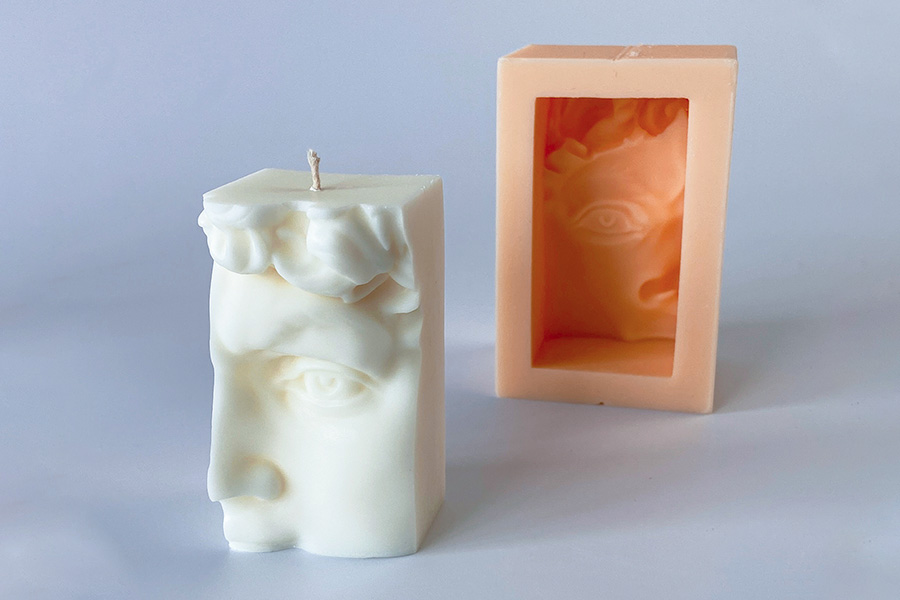
FAQ - Answers to all your questions about silicone molds
1. How to use liquid silicone?
Components A and B must be accurately weighed with an electronic scale in a specified ratio (such as 1:1 or 10:1), with an error of ≤±0.5%. After mixing, place in a vacuum box and pump to -0.095MPa, wait for the liquid to expand 2-3 times and break the bubble, and repeat the degassing 2-3 times. Pour in a thin line at a height of 15-20cm from the high point of the mold, naturally level and wrap the prototype, and let it stand and cure at 20-25℃ for 24 hours. Stirring needs to be turned upside down, and the time should be controlled within 3 minutes.
2. Where can I buy a silicone mold making kit?
Beginners can choose Smooth-On's OOMOO series or Alumilite starter kits, which contain 500-1000g of silicone, etc., and cost $50-100; professional users can consider professional kits such as Polytek's PlatSil series; industrial grade needs to be customized by professional suppliers such as Dow Silicones, and confirm that the MSDS safety data sheet is included when purchasing.
3. Which silicone is most suitable for mold making?
Choose according to Shore hardness and application. Super soft (Shore 00-10A) such as Ecoflex series is suitable for replicating fine textures; medium (Shore 15-30A) such as Dragon Skin series is a general-purpose model; high hardness (Shore 40A+) such as Mold Max series is suitable for industry. Special needs need to consider temperature resistance, chemical resistance, etc. Food grade should be FDA-certified, and special high-temperature silicone is used for high-temperature casting.
Summary
Handmade silicone molds are a great way to start your creative journey, allowing you to replicate what you love with your own hands. But when your goal is commercialization, scale, and extreme precision, liquid silicone injection molding is the professional path to success.
If your project has gone beyond the scope of DIY and requires the production of hundreds or thousands of high-quality, high-precision silicone parts, LS's team of experts is ready to serve you.Contact us today to get a professional consultationon ourcustom injection molding manufacturing servicesand a transparent, competitive injection molding price plan! ”
📞 Phone: +86 185 6675 9667
📧 Email: info@longshengmfg.com
🌐 Website:https://lsrpf.com/
Disclaimer
The content of this page is for informational purposes only.LS SeriesNo representations or warranties of any kind, express or implied, are made as to the accuracy,completeness or validity of the information. It should not be inferred that the performance parameters, geometric tolerances, specific design features, material quality and type or workmanship that the third-party supplier or manufacturer will provide through the LS network. This is the responsibility of the buyerAsk for a quote for partsto determine the specific requirements for these parts.please Contact us Learn more information.
LS Team
LS is an industry-leading companyFocus on custom manufacturing solutions. With over 20 years of experience serving more than 5,000 customers, we focus on high precisionCNC machining,Sheet metal fabrication,3D printing,Injection molding,metal stamping,and other one-stop manufacturing services.
Our factory is equipped with more than 100 state-of-the-art 5-axis machining centers and is ISO 9001:2015 certified. We provide fast,efficient and high-quality manufacturing solutions to customers in more than 150 countries around the world. Whether it's low-volume production or mass customization,we can meet your needs with the fastest delivery within 24 hours. chooseLS TechnologyIt means choosing efficiency, quality and professionalism.
To learn more, please visit our website:www.lsrpf.com



